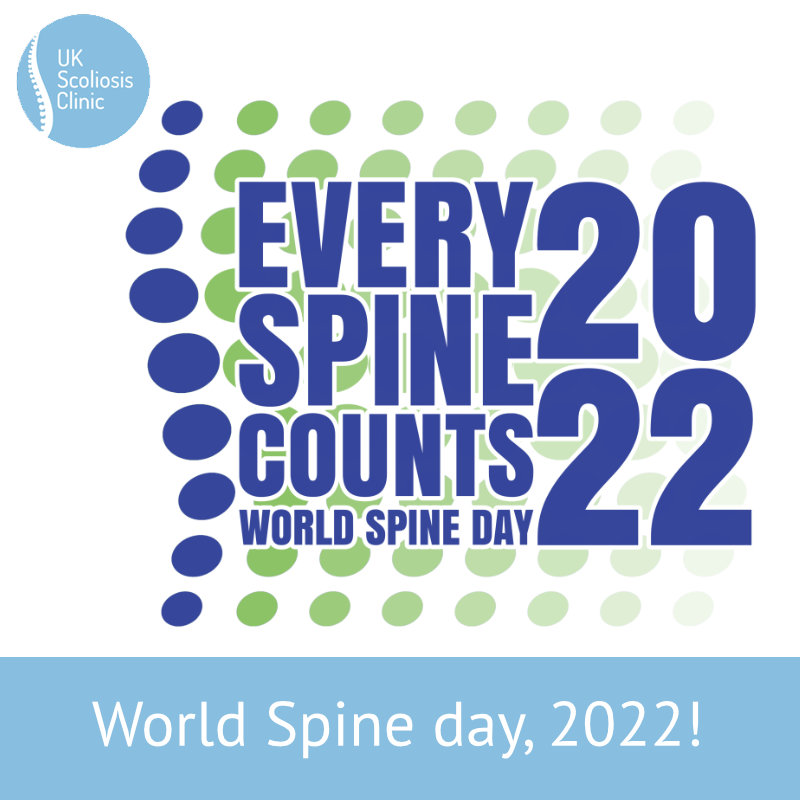
X-rays are the gold standard when it comes to diagnosing scoliosis and tracking the progress of treatment for the condition. Scoliosis is notoriously difficult to gauge from a visual inspection alone, meaning that regular X-rays are critical to ensuring that treatment is progressing as expected and that any adjustments to a patient’s brace are made at the correct time. In the usual course of treatment, Scoliosis professionals take X-rays every 6-12 months with these goals in mind – which often leaves patients asking, should I take my brace off before the X-ray?
In-brace vs out of Brace correction
What’s important to understand is that a Scoliosis Brace provides better correction while being worn than not being worn – that might sound obvious but it’s important to remember that the role of the brace is to correct, or often, over correct Scoliosis, in order that over time the spine is corrected when the brace is removed.
When you put a Scoliosis brace on, research suggests that it takes around 2 hours[1] to reach the maximum correction that can be obtained by using a brace. After removing, the correction obtained is gradually lost over around 2 hours, after which the curve/spine stabilizes[2] Over time, the goal of Scoliosis treatment is to reduce the amount that correction is lost when the brace is removed – over corrective braces, such as ScoliBrace achieve this by adding corrective force to he spine to help to move it towards its proper position.
Braces and X-rays
So, should you remove your brace before a progress X-ray? Taking the brace off, perhaps even days before the X-ray gives a truer picture of what’s “really” happening with the spine – but tells us little about how much correction the brace itself is providing. By contrast, leaving the brace on during the X-ray, or removing it right before gives us an excellent idea of how well the brace is working (and whether it’s time to adjust it), but isn’t as good at showing us how the spine might look after hours, or days of no wear. A good compromise is often an in-brace X-ray, followed by an out-of-brace X-ray after a short break which can give an idea of in-brace correction, and allow us to approximate an out-of-brace figure.
Nonetheless, it’s a complex issue, and for these reasons, at present, there’s no defined standard for the best way to carry out progress X-rays – generally speaking, it’s up to the Scoliosis practitioner to decide how to perform X-rays, based on the specific needs of the patient.
But let’s not forget the most important fact about Scoliosis bracing – it’s a treatment method which works over time – for this reason, we’re often less concerned with the exact method used to take progress X-rays, and more with the fact that the x-rays are performed in a consistent way. That is to say, during treatment, we care less about the exact degree of correction and more about the direction of travel.
Should I remove my brace before a progress X-ray?
The answer to the question is simply… do as your practitioner suggests! When to remove, or not remove the brace isn’t an issue that you as a patient need to worry about – but you should make sure that you comply with the instructions you’re given, and that you do so each time you visit for a progress X-ray. Rember, it’s consistency which matters!
[1] Katarzyna Zaborowska-Sapeta et al. The Duration of the correction loss after removing cheneau brace in patients with adolescent idiopathic scoliosis Acta Orthopaedica et Traumatologica Turcica 53 (2019)
[2] Meng Li 1 , M S Wong, Keith D K Luk, Kenneth W H Wong, Kenneth M C Cheung, Time-dependent response of scoliotic curvature to orthotic intervention: when should a radiograph be obtained after putting on or taking off a spinal orthosis? Spine (Phila Pa 1976). 2014 Aug 1;39(17):1408-16.











